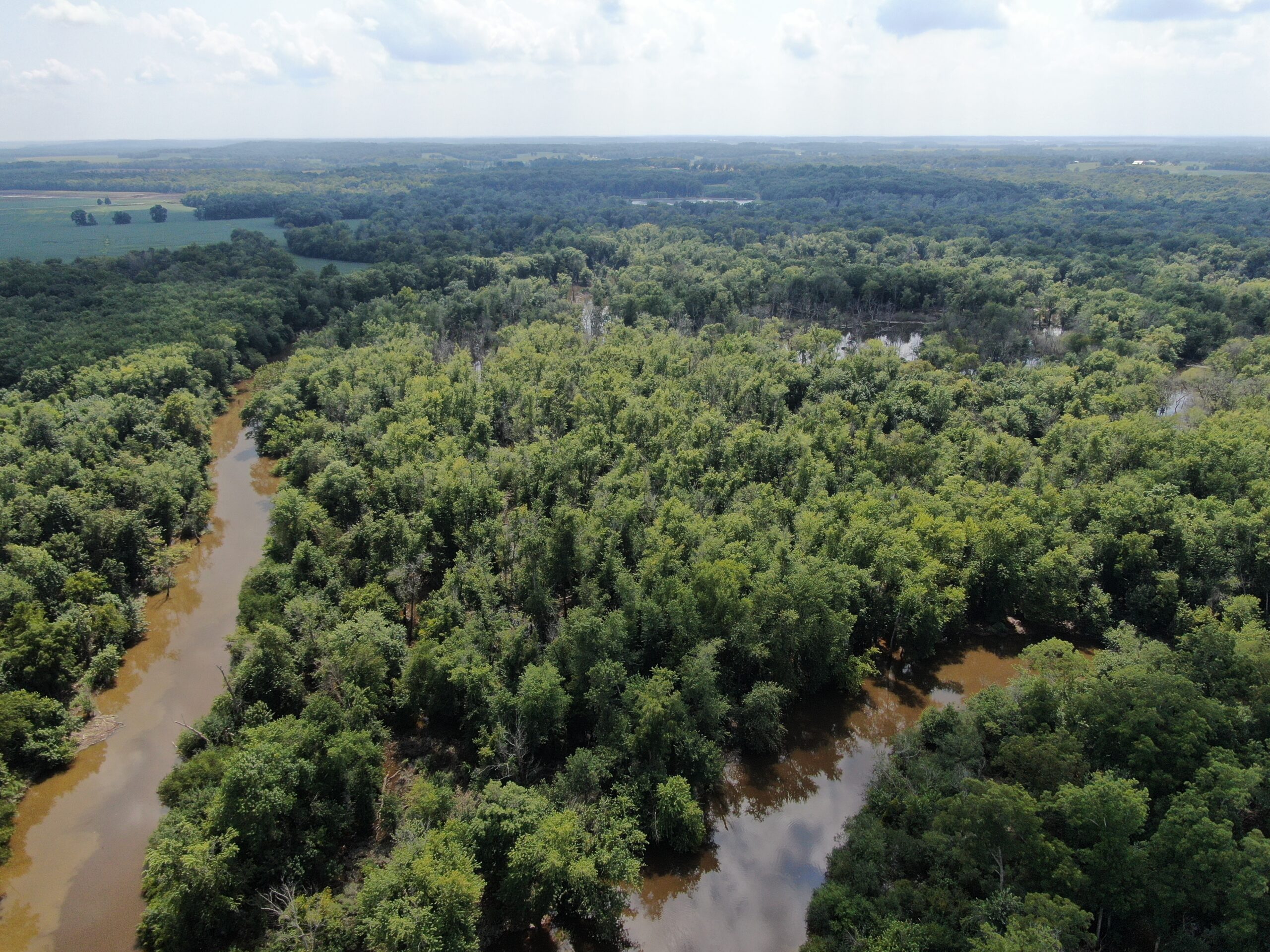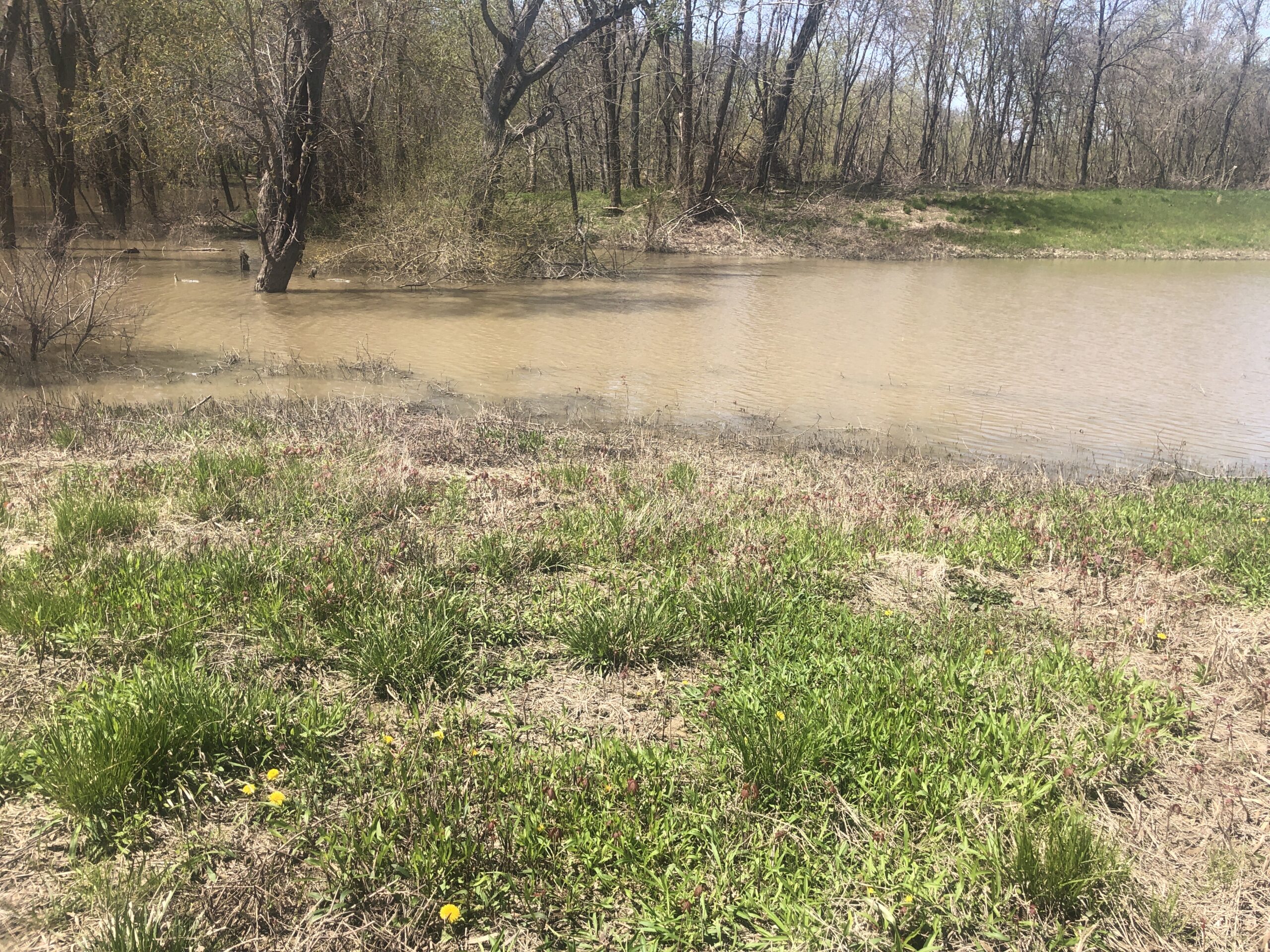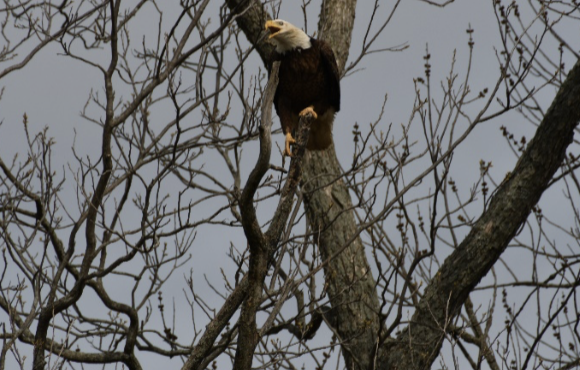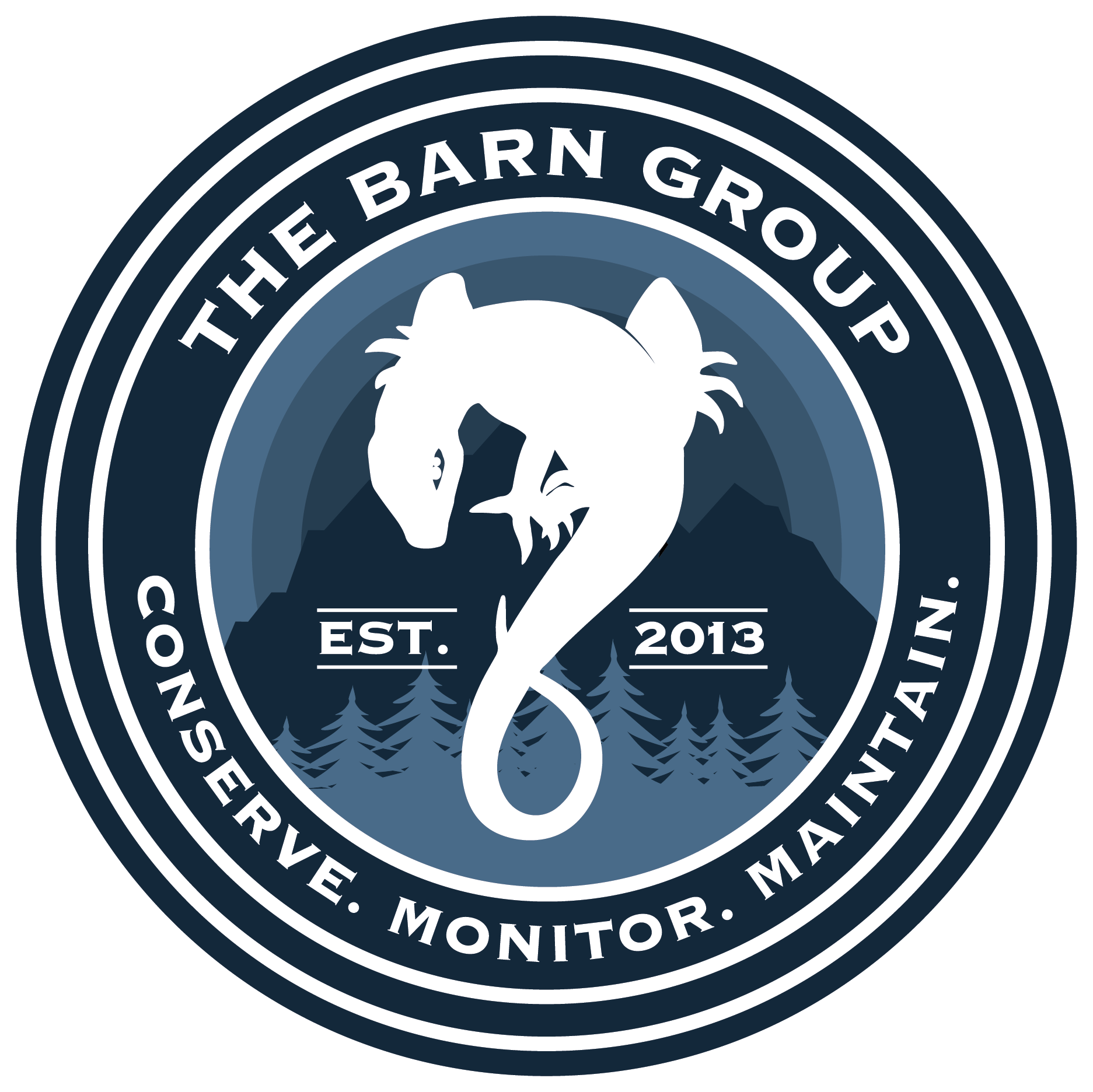Illinois Wabash River Floodplain
The Barn Group (TBG) currently holds 10 conservation easements on properties located within the Interior River Valleys and Hills region of Illinois. Each of the properties provide a diverse array of ecological services that not only supports native plant and wildlife species in the area, but also promotes the goals and objectives of several local and national conservation initiatives.

Habitat Features
The River Valleys and Hills region of Illinois is composed of poorly drained floodplains, low terraces, oxbow lakes, meander scars, sloughs, and scattered low dunes, and was once covered by bottomland forests, wet and mesic prairies, marshes, and swamps. Wet and mesic prairies were dominated by tall grasses, while marshes supported cord grass and river bulrush. Historically, woody wetlands dominated by bald cypress and water tupelo were most common in the Cache River Basin. Today some natural bottomlands remain, however, much of the landscape has been converted to agriculture. Soybeans, corn, and wheat are the predominant crop varieties grown within the region, with livestock grazing also prevalent. Forests are now largely confined to side slopes and river bottoms that are unsuitable for farming. Natural soil wetness conditions are sometimes unfavorable for crops, and therefore, most of the ecoregion’s flat and nearly level uplands have been tiled to improve drainage.
Land Use
The conserved properties in this region are characterized by a mixture of floodplain forests, native ruderal swamp forests, temperate herbaceous landcover, and cultivated cropland. Surface water is present for frequent and long periods throughout the year and low gradient streams with silt or sand bottoms occur on many of the conserved properties. Bottomland forests are characterized by pin oak, bur oak, Shumard oak, white oak, and other hardwood species that are native to nearly level poorly drained uplands with clay-rich soils. Wet and mesic prairies are dominated by tall grasses, while marshes support cordgrass and river bulrush. Oak hickory forests occur on relatively dry valley slopes. Mesic forests containing red oak, elm, basswood, and walnut dominate low morainal ridges. This variability of habitat alongside heavy water presence provides additional habitat diversity for a variety of wildlife species, particularly migratory and resident bird species.


Species Diversity
TBG biologists have done in-field surveys, audio surveys, and game camera surveys to document the wildlife diversity utilizing these conserved habitats. Several plant and animal species have been documented on each of the properties located here. Common species of this area include gray squirrels, white-tailed deer, coyotes, bobcats, and beavers. Several different amphibious species are also likely to inhabit the property due to the heavy water presence, as well as turtles and snakes. There are 122 Illinois SGCN (“SGCN”) that fall into habitat categories that are found on TBG conserved properties within this region. Species such as the bald eagle, red-headed woodpecker, and prothonotary warbler were documented on TBG conserved properties in this region. However, this only represents a fraction of the diversity hosted in these habitats. TBG properties within this region, including the abundant resources they provide, will be preserved in perpetuity for the maintenance and support of these sensitive populations.
